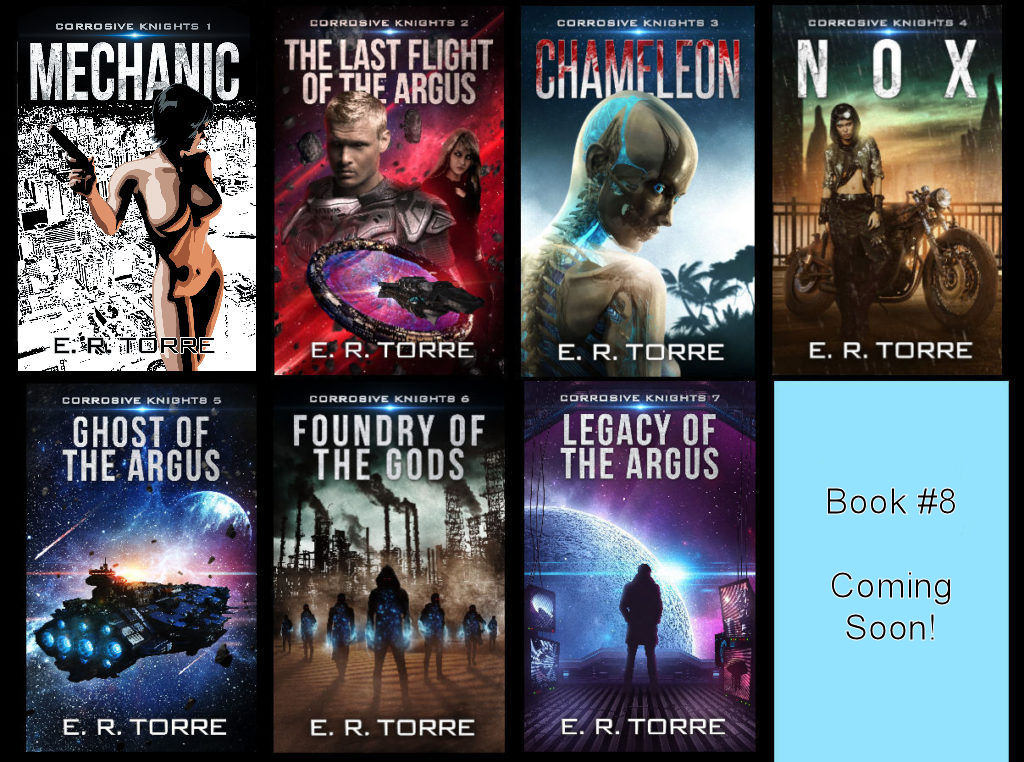The name may not be that familiar to most people out there, but it can be argued Denny O’Neil -along with artist Neal Adams- were instrumental in making Batman what he is today.
See, back in the 1960’s DC comics were having a somewhat rough time with their superhero books. There were some really good ones out there, don’t get me wrong, but Marvel was commanding readers’ attentions with the iconic work of Jack Kirby, Steve Ditko, and Stan Lee. Among their most famous comics you have the building blocks of what we see today in the very successful Marvel movie franchise.
DC, on the other hand, released their most iconic material at the beginning of the age of comics, when they published the first Superman story in Action Comics #1, 1938 (the first actual superhero comic book) and followed that up with Batman’s first appearance in Detective Comics #27 (1939).
Superman and Batman -and a little later Robin- dominated the superhero market, though they unleashed a flood of other characters, some of which did spectacularly (Captain Marvel, today known as Shazam!), while others didn’t do as well.
By the 1950’s, however, the books developed a certain pattern and when you got to the 1960’s, Batman in particular seemed something of a lost character. He passed through some weird phases (including more science fictional stories) but he -and his world- were simply not as fresh as they were a generation before.
The success -and then cancellation- of the purposely campy Batman TV show didn’t do the comics many favors afterwards and the character continued to float along, selling issues but never really seeming to do better than tread water.
Then along came Denny O’Neil and Neal Adams and the iconic issue #395 (1970) of Detective Comics, featuring the story The Secret of the Waiting Graves.

In one fell swoop, Mr. O’Neil and Adams returned Batman to his darker roots in a story that also had more than a hint of the supernatural. It was a sober, serious story.
It was absolutely fantastic.
Mr. O’Neil -often with Mr. Adams- would continue writing Batman in his own unique -excellent!- style, bringing him into the then present as a force to be reckoned, a dark, mysterious being who scared the crap out of villains yet was very much human and decent at his core. The two would come together again to take on the Joker and also bring him to his roots as a homicidal psychopath in the absolute classic Batman #251 (1973)…

But not only did Mr. O’Neil revive Batman, his cohorts, and his villains, he would also go on to create an incredible new nemesis in Ra’s Al Gul and his lovely -and deadly- daughter Talia… characters who would be prominently featured in two of Christopher Nolan’s trio of Batman films…

Had his work on Batman been the only thing Denny O’Neil did as a writer, his iconic status within the field would have been assured.
But he did so much more. Again with artist Neal Adams, Denny O’Neil would write the incredible Green Arrow/Green Lantern series, which dealt with social ills in an adult manner and pushed the envelope of what comic books could focus on. Their run featured what is arguably one of the most famous sequences in comic book history, where the character of Green Lantern runs into the notion of racism …

While their run, unfortunately, wasn’t a big seller, the issues have become legendary for not only dealing with issues of racism but also political corruption, cultural fraying, and drug use…

Indeed, it could be argued these books were the first “serious” comic books, and one imagines they must have been a big influence on the likes of Alan Moore (Watchmen) years later.
Mr. O’Neil continued working within comics and expanded into TV, scripting TV shows featuring Batman, as well as others.
He would move to Marvel Comics after his stint at DC and is credited, during that time, with being the person who named the Transformer’s Optimus Prime. He also wrote and edited many books during that time, from Daredevil to Iron Man.
In the late 1980’s he would return to DC and edit various Batman titles and began, in 1987, a lengthy run on The Question, another high water mark in his writing career…

He continued to work in comics and, sadly, yesterday the news came out that at the age of 81 Mr. O’Neil passed away.
He led a long, incredibly productive life and is one of the authors, along with the recently passed Len Wein and Bernie Wrightson, I recognized by name when I was very young and really getting into comic books.
A part of me is obviously very sad at his passing, yet another part of me celebrates the fact that he was around as long as he was and that he was able to do as many great works as he did.
2020 has been a hell of a year -mostly bad- and the loss of Mr. O’Neil certainly doesn’t make things any better.
On the other hand, its given people the opportunity to look back at one of the icons of the so-called “Bronze Age” of comics, a man who left an indelible mark on the comic book world.
Rest in Peace, Mr. O’Neil.
You did more than good.



